High school courses in the humanities include Main Lesson Seminars, core courses, and elective offerings in English, History, Social Studies, and related disciplines.
Whether it is the ninth grade literature curriculum with its emphasis on polarities and contrasts of feeling, or the themes of the 11th grade main lessons, which mirror the invisible journey that students of this age experience as they seek for identity, the high school Humanities program addresses Rudolf Steiner’s picture of the inner development of the growing individual. The faculty thus brings relevant topics and images in literature, history and current events that resonate with the inner life of the students at each age and that organically cultivate objective, true reflections on the complexities of today’s world.
Students develop and refine abilities in reading and writing over their high school years. From the study of classics, to the most modern of on-line poetry, students engage in understanding the thoughts and rhetorical forms that have conveyed the truth of human experience through time.
They pursue a wide list of reading requirements for both in-class study and discussion as well as independent reports and research projects. Students learn how to develop responsible research and citation skills, and they practice a variety of writing forms over the course of their high school years: the essay, poetry, creative composition, critical analysis, etc. Extra-curricular publications, such as the literary magazine, The Key, or the Upper School newsletter, “15 East,” showcase the results of this work.
With the emergence of the adolescent period, the young person is ready to develop critical thinking, sound judgement, and a socially diverse appreciation for others. Essential to this is a compassionate understanding for the needs of both the natural and human worlds. Meeting the demands and challenges that the 21st century places on the education of the adolescent requires considerable insight on the part of teachers. The humanities curriculum at Steiner is founded on meeting these demands and supporting these insights.

